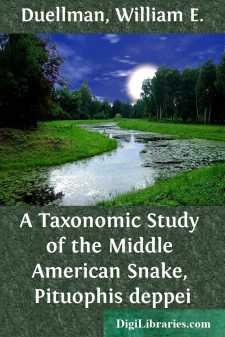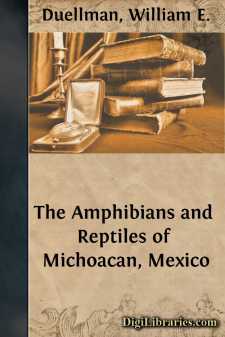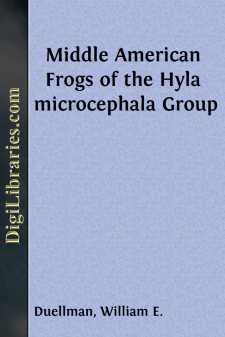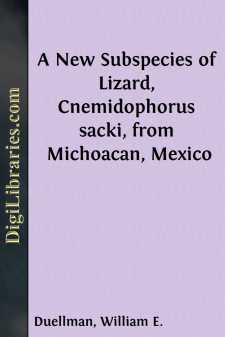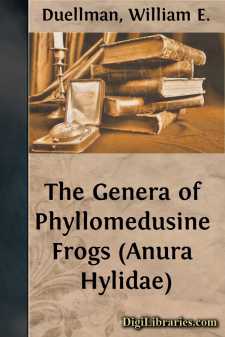Categories
- Antiques & Collectibles 13
- Architecture 36
- Art 48
- Bibles 22
- Biography & Autobiography 816
- Body, Mind & Spirit 145
- Business & Economics 28
- Children's Books 17
- Children's Fiction 14
- Computers 4
- Cooking 94
- Crafts & Hobbies 4
- Drama 346
- Education 58
- Family & Relationships 59
- Fiction 11834
- Foreign Language Study 3
- Games 19
- Gardening 17
- Health & Fitness 34
- History 1378
- House & Home 1
- Humor 147
- Juvenile Fiction 1873
- Juvenile Nonfiction 202
- Language Arts & Disciplines 89
- Law 16
- Literary Collections 686
- Literary Criticism 179
- Mathematics 13
- Medical 41
- Music 40
- Nature 179
- Non-Classifiable 1768
- Performing Arts 7
- Periodicals 1453
- Philosophy 66
- Photography 2
- Poetry 897
- Political Science 203
- Psychology 45
- Reference 154
- Religion 516
- Science 126
- Self-Help 85
- Social Science 82
- Sports & Recreation 34
- Study Aids 3
- Technology & Engineering 59
- Transportation 23
- Travel 463
- True Crime 29
Our website is made possible by displaying online advertisements to our visitors.
Please consider supporting us by disabling your ad blocker.
A Taxonomic Study of the Middle American Snake, Pituophis deppei
Description:
Excerpt
INTRODUCTION
As a part of a study of the herpetofauna of the Mexican state of Michoacán an attempt was made to ascertain the interspecific and intraspecific relationships of the various populations of Pituophis there. Field work in Michoacán revealed that two supposed subspecies of Pituophis deppei were sympatric. This discovery led to the examination of all available (124) museum specimens of these snakes.
I am grateful to the following persons who permitted me to examine specimens in their care: Charles M. Bogert, American Museum of Natural History (AMNH); Doris M. Cochran, United States National Museum (USNM); Norman Hartweg, University of Michigan Museum of Zoology (UMMZ); Robert F. Inger, Chicago Natural History Museum (CNHM); Arthur Loveridge, Museum of Comparative Zoology (MCZ); Hobart M. Smith, University of Illinois Museum of Natural History (UIMNH); and Edward H. Taylor, E. H. Taylor—H. M. Smith collection (EHT-HMS). Specimens in the accounts of the species are listed after the abbreviations of the institutions given in parentheses above.
Duméril (1853: 453) described Elaphis deppei from a specimen in the Leiden Museum from "Mexico." This specimen, according to the type description, has 233 ventrals and 67 caudals. In 1863 Jan described Pituophis deppei var. pholidostictus, also with "Mexico" as the type locality. Subsequent authors (see synonymy of P. deppei deppei in Stull, 1940: 25) have treated pholidostictus as a synonym of deppei. Smith and Taylor (1950: 334) restricted the type localities of deppei and pholidostictus to San Juan Teotihuacán, México. Cope (1860: 369) described Arizona jani on the basis of a specimen in the United States National Museum from Buena Vista, Coahuila. Stull (1932: 2, 1940: 42), Smith (1944: 145) and Smith and Taylor (1945: 107) considered jani as a northern subspecies of Pituophis deppei. Arizona lineaticollis was described by Cope (1861: 300); the type, which originally was in the Academy of Natural Sciences of Philadelphia and is now lost, was said to have come from Jalapa, Veracruz. This locality probably is in error. Smith (1943: 460) placed lineaticollis as a southern subspecies of deppei. Schmidt and Shannon (1947: 79) described Pituophis deppei brevilineata on the basis of five specimens from TancÃtaro, Michoacán, and Stuart (1954: 172) described Pituophis deppei gibsoni from seven specimens from Departamento Chimaltenango, Guatemala. Thus, at present five subspecies of Pituophis deppei are recognized.
CHARACTERS STUDIED
Snakes currently assigned to Pituophis deppei differ from other members of the genus by possessing two instead of four prefrontal plates. The subspecies of P. deppei have been defined on characters of coloration and scutellation.
Scutellation.—The only scale characters utilized in the present study are the numbers of ventrals and caudals. The number of ventrals varies in the total sample from 210 to 246 (); usually the variation in one locality is no more than 15....


